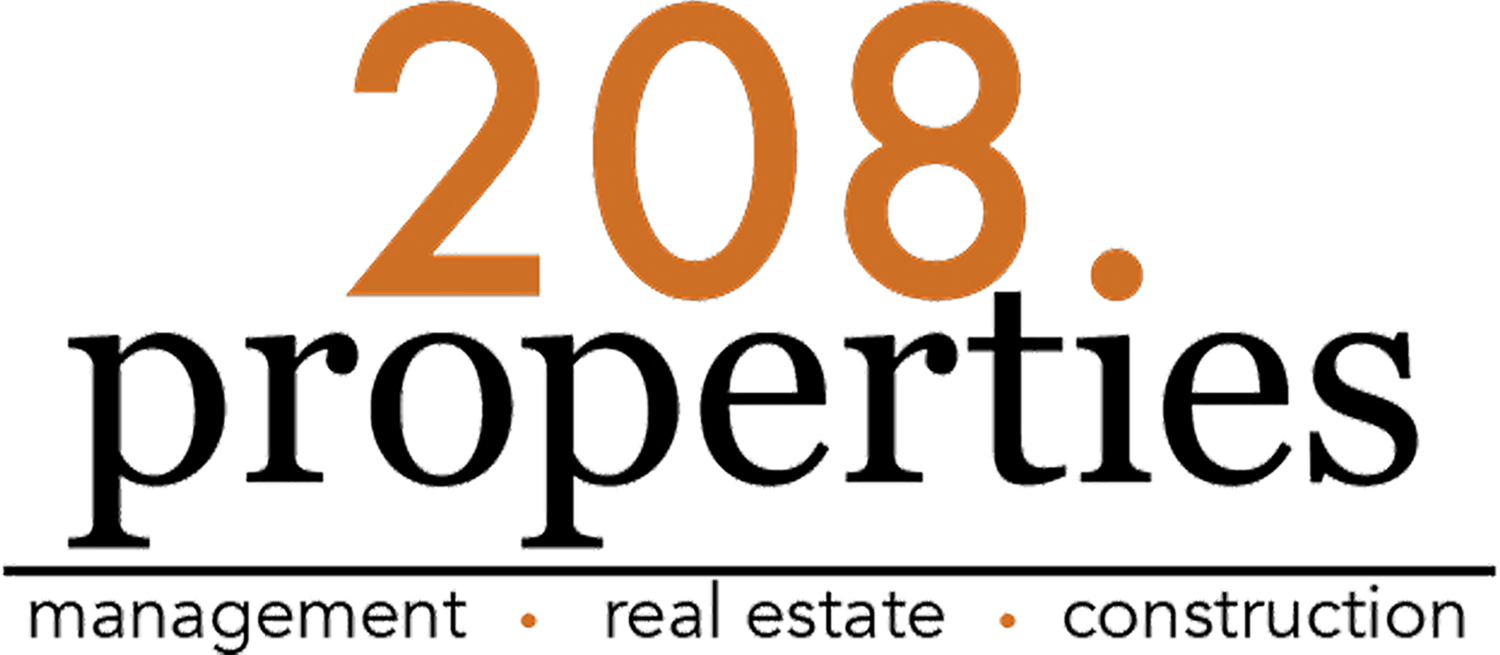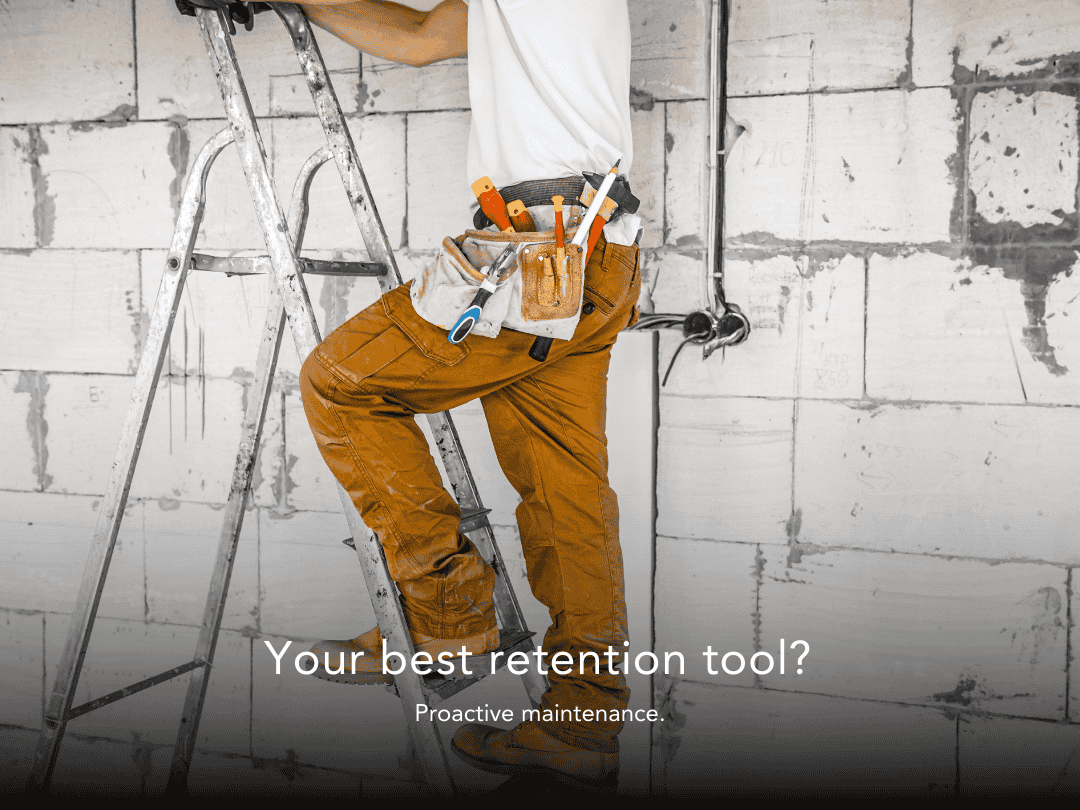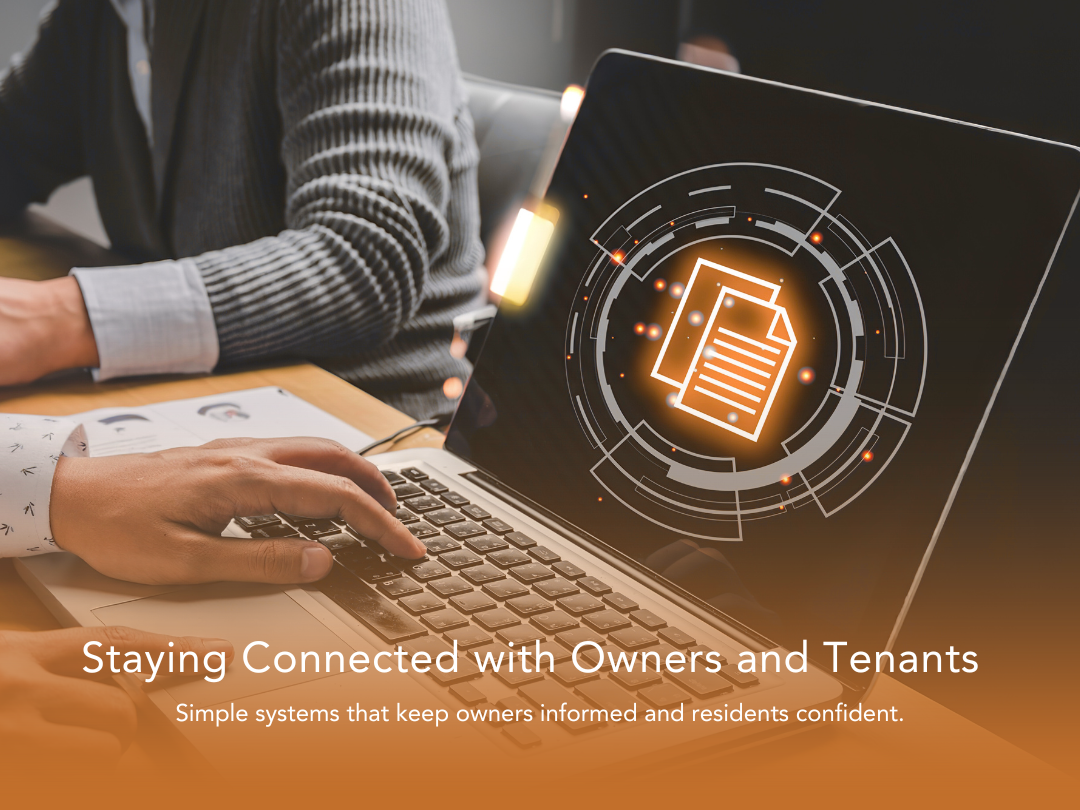Housing markets all around the nation have experienced heavy growth and competition amidst the COVID-19 pandemic. Now, getting started as a new homeowner may seem all but impossible for many who see rising prices and a fiercely competitive seller’s market.
However, purchasing your first home is more accessible than you might think. Once you address these common misconceptions about the process, you may find it worth exploring.
After all, turning that monthly rent into equity is the perfect move towards financial independence in the future. Here’s what you should know.
1. You don’t need 20% down.
One of the biggest obstacles many homebuyers face is the idea that they need 20% down in order to purchase a home. With rapidly inflating home prices, 20% becomes less and less achievable.
However, most homebuyers don’t put 20% down. NerdWallet found that only 48% of buyers paid that much in the first quarter of 2021. This means the majority of new owners put less down. Certainly, having a larger down payment is a good idea. It allows you to access better financing and helps guarantee the sale. But there are ample options for those with less — even if you have less than ideal credit.
These are some of the ways you can pay less on a down payment and still begin your homebuying journey:
Conventional loans are available that allow you to pay only 3% or so up front.
Federal Housing Administration (FHA) loans exist even for lower-credit buyers.
Low to no down payment lending options are available for qualifying buyers through programs like the USDA and the VA.
With interest rates on the rise, a lower down payment isn’t ideal. However, exploring these options can be a great way to transition from renter to owner before prices and interest rates rise further.
2. Lenders aren’t all the same.
Next, first-time buyers need to keep in mind that mortgage lending options are not all the same. Simply by shopping around, you can save around $400 in the first year of your mortgage alone. This savings would then compound over the course of paying your 30-year mortgage.
An estimated half of people only apply to a single lender. This is inadvisable. With the ease and convenience of online applications, you can get plenty of options to compare.
You don’t have to go big. Five applications make for a great sampling of what’s out there, letting you explore the potential of paying lower monthly payments.
This will help when it comes to the fact that many buyers feel overwhelmed after purchasing their first home. Find the right financing for you, then explore the caveats you might not yet have considered.
3. There are caveats you might not have considered.
Finally, buyers are often surprised by all the costs that come with and after closing on a home. These costs include:
Homeowners insurance
Homeowners Association (HOA) dues
Closing costs
Realtor fees
Property taxes
While you explore your options, consider all these costs. An expert real estate agent can help guide you through each and every caveat, giving you a clearer picture of what you’ll end up paying.
Avoid feeling financially insecure by teaming up with experts. The right team will help you make the most of all these considerations and more. In the end, you’ll find yourself paying less each month while maximizing your investment.
Buying your first home is an important step toward life-long value. Debunk common misconceptions about the process with these tips. Then, look for more Real Estate Insights that will help you cultivate value in your property.















